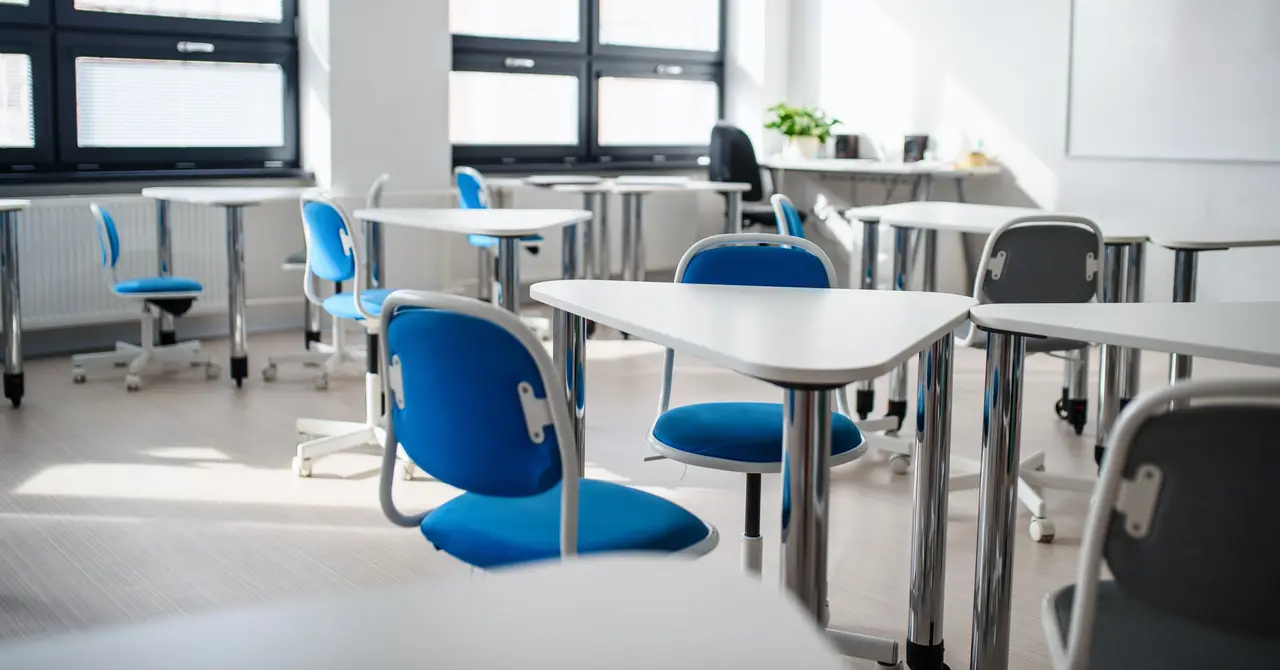Improve Higher Ed Learning with Active Learning Classrooms
To the average person, active learning classrooms (ALCs) may sound like places students can learn as well as do jumping jacks. Modern educators, though, know that ALCs are spaces that allow higher education students to actively take part in their own learning. They’re also outfitted with the tools to help instructors and learners easily collaborate and actively engage.
These classrooms enable:
- Group activities
- Flexibility of movement
- Student-led learning
- Shared responsibility for learning
- Multimodal learning
- Multimedia lessons
Spaces should allow for exploration, inquisition, research, experimentation, and a variety of experiences. They should also allow for different kinds of learning—including inclusive learning for students with neurodivergent traits.
Design Classrooms for Different Types of Learning
ALCs should accommodate a variety of types of learning, including group work, class discussion, and team-based learning. The range of learning that occurs in active learning classrooms requires a variety of digital tools. Students must be able to easily access the information they need, as well as share and communicate with the instructor and classmates.
The classroom layout will also have a big impact on how students interact with each other. Flexible furnishings–including moveable seating, tables, and podiums–allow instructors and students to easily group learners together.
Equip Learning Spaces with Flexible Technology
While flexible furniture is important, the key to active learning is audiovisual (AV) technology. Even HyFlex (hybrid plus flexible) learners can benefit from an active digital learning environment. These students also need technology to allow them to access content online. Remote learners will often just require an internet connection and a laptop with a mic and camera, but the in-room requirements get more complex.
These are some of the flexible AV solutions commonly used in active learning classrooms:
- Large displays, including touch screens and whiteboards
- Flat panel displays with laptop connections
- AV controls
- Microphones, including wireless and push-to-talk
- Desktop/laptop computers
- Projectors
- Automated lecture capture
- Document cameras
- Video conferencing codecs
- Wireless connectivity devices
- HDMI and USB-C connections
Some of the AV technology in the room may be intended for the instructor, students, or for shared use.
Assembling the Pieces of an Active Learning Classroom
ALCs in higher education can be quite complex. You need the right space, the right furnishings, and the right technologies to help students learn. Then, you need to make sure everything is placed, programmed, and managed so that instructors can teach in a variety of modes and students can interact and learn effectively.
An experienced audiovisual partner can help ensure the technology integration is done right. Nationwide AV helped with a pilot active learning classroom project for the University of Toronto. Our team successfully implemented the classroom technology for the project. The room installation features an instructional technology center for the professor, a wall projection screen or monitor for all 12 student tables, wireless content-sharing capabilities, and high-resolution PTZ ceiling cameras.
Are you interested in an active learning classroom for your college or university? We can help you plan an interactive, engaging space to suit your instructors and students. Call or send a message today.

